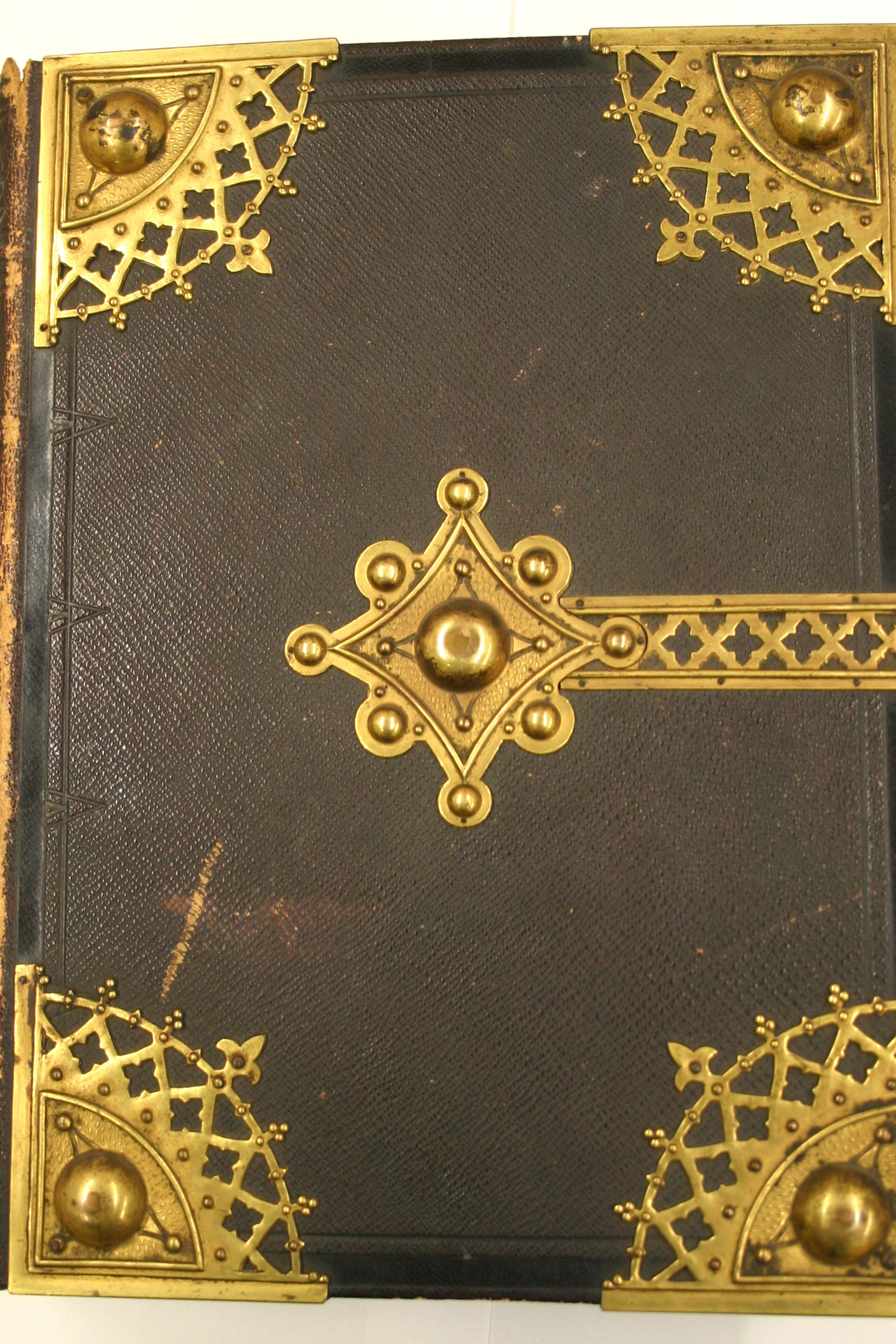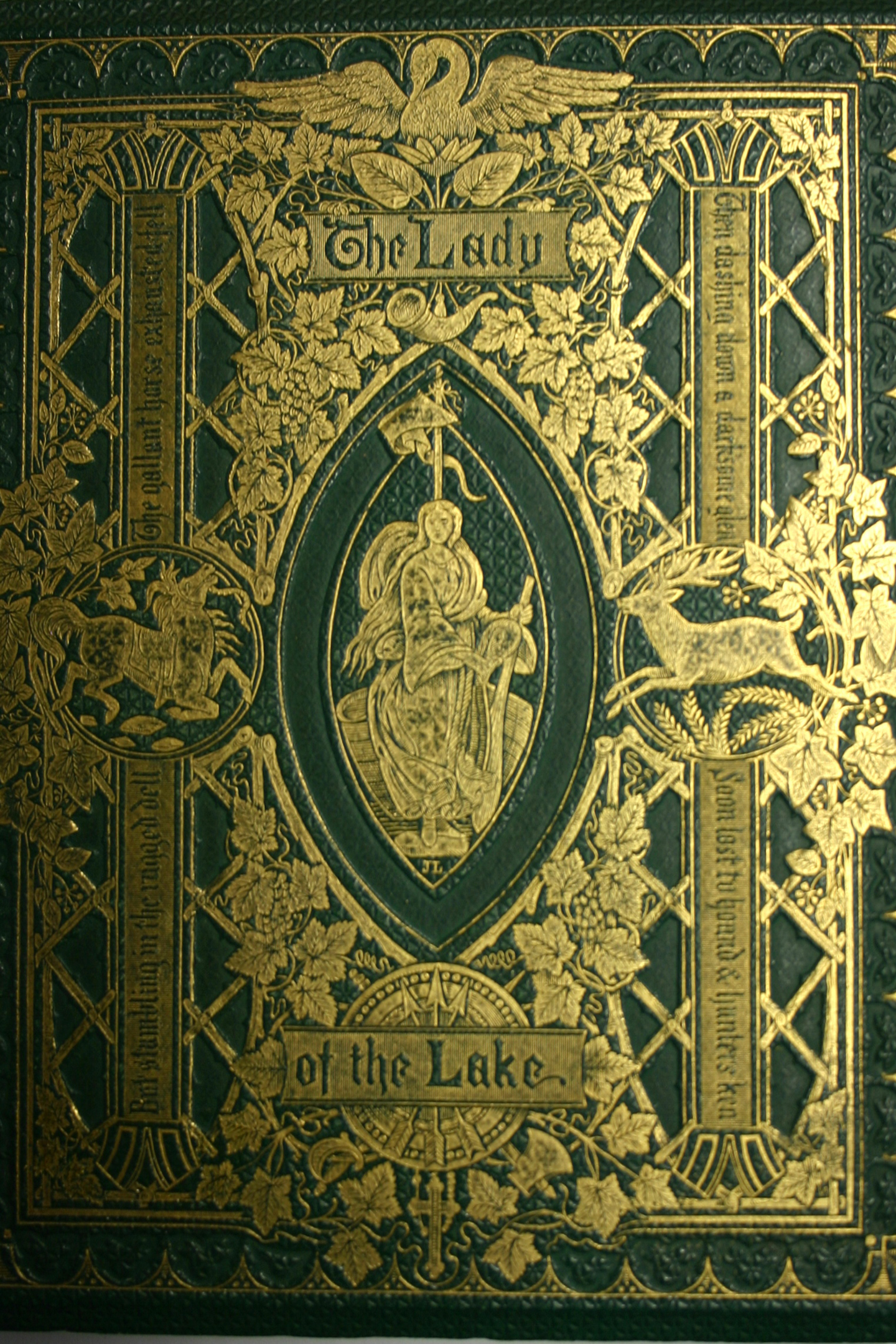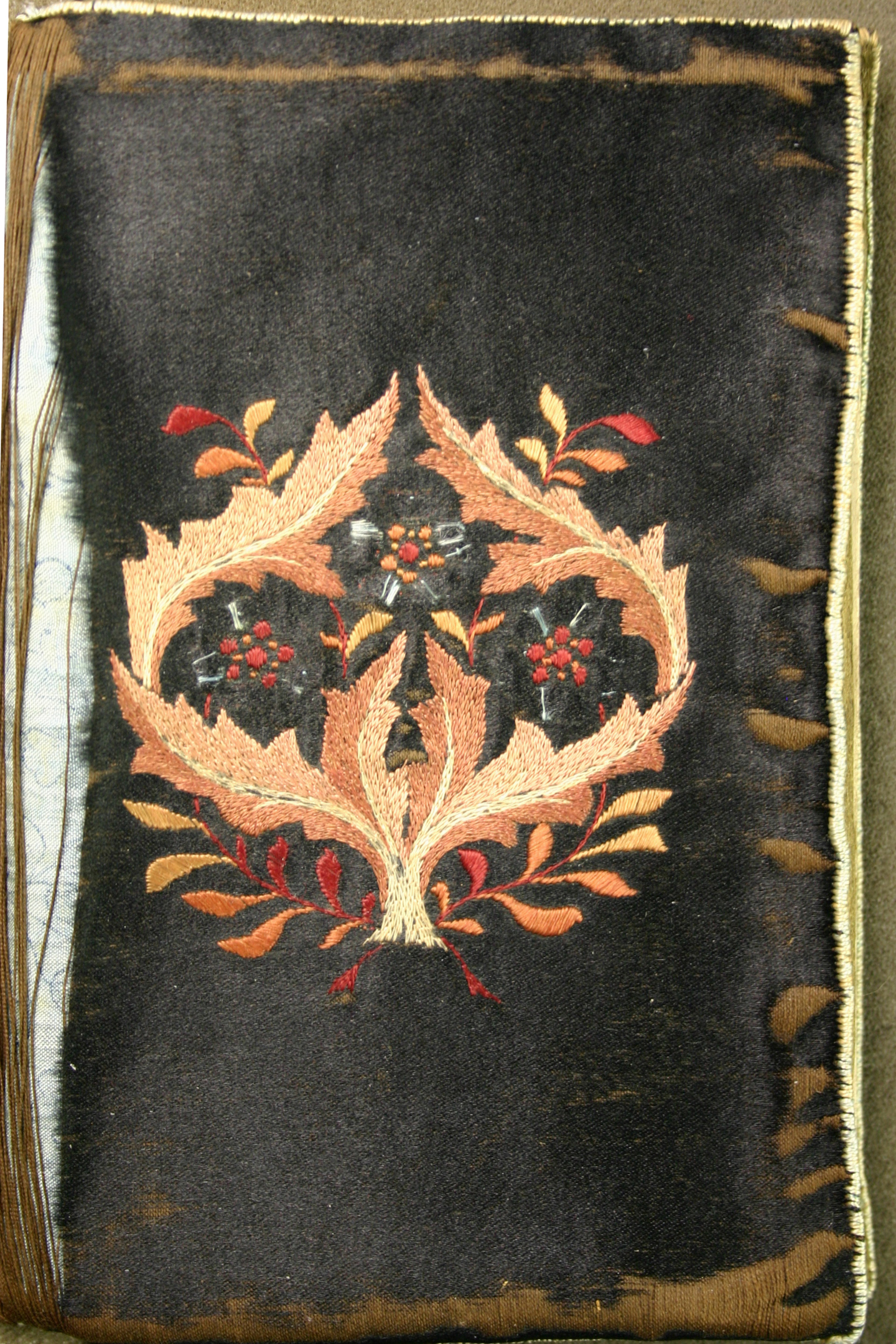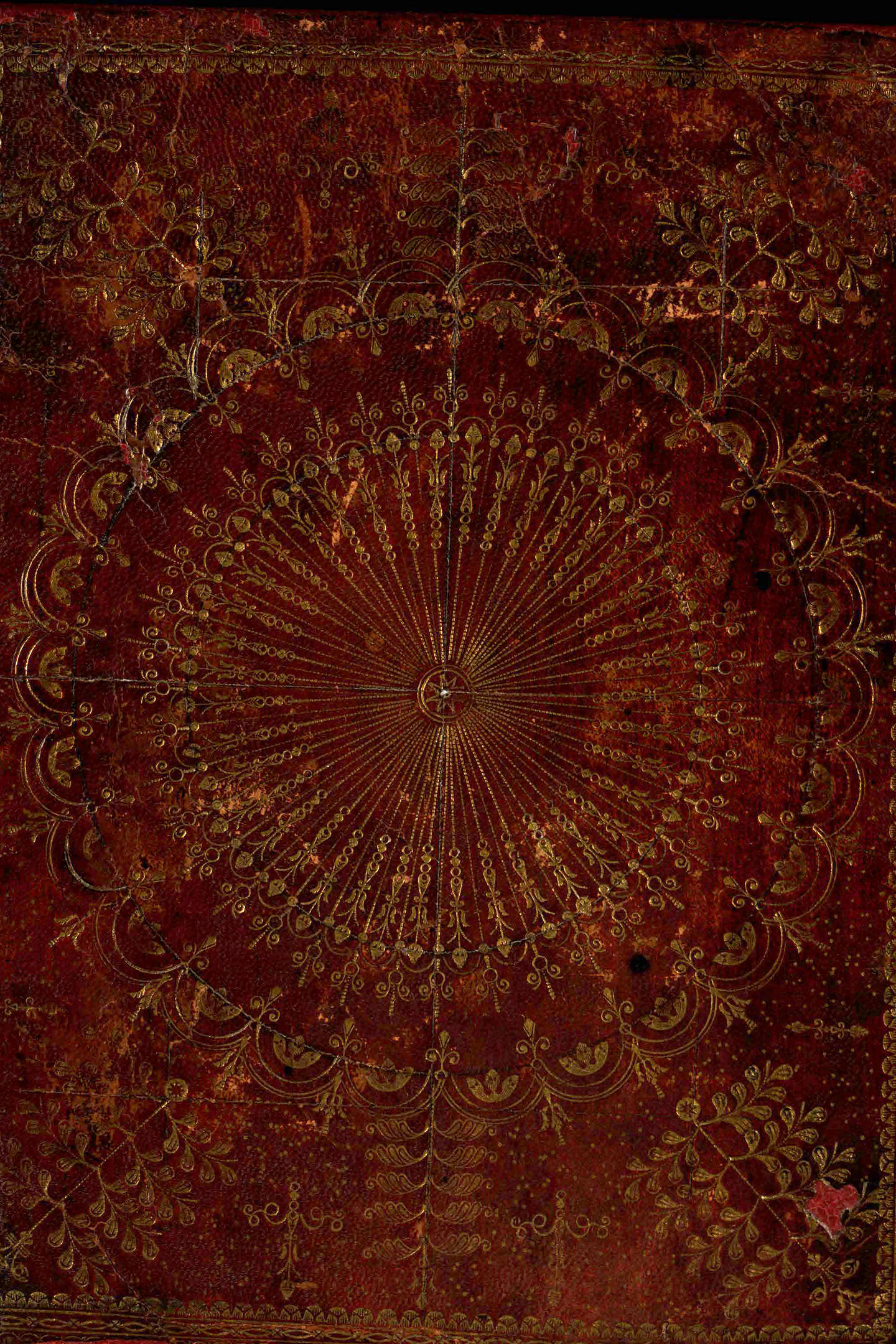My year-long experiment in weekly posting a new binding description finally came to an end last week with the beautiful Wardlaw Bible. This year’s worth of work evolved from an idea that I had during the attendance of last year’s Ligatus conference in Oxford, The Place of Bindings. I spent two days surrounded by some of the world experts on book bindings and their enthusiasm for their areas of expertise was palpable. I came back to the north of Scotland with a renewed interest in book bindings, and began to turn my eye to the collections I had been entrusted to catalogue.
I don’t think I really knew what I was starting when I first began writing the 52 Weeks of Fantastic Bindings posts, but the weekly thread would take me into the heart of some of St Andrews’ finest collections. When I began last June, I was still finishing in-depth cataloguing work on the British portion of the Typographical Collection and hadn’t had much time to explore other collections curated by the Rare Books team. In order to keep some variety and interest in the binding posts, I had to quickly step out of the collection that I knew and begin searching for book bindings that fit the main criterion: fantastic. The Bible Collection was a standard go-to when I was running short on time on a Friday afternoon with no binding post ready, which is no surprise since large-format devotional text are perfect for elaborate decorations and contemporary trends. I found a great many of these binding posts in the general rare books collections as well, and some of the 19th century illustrated bindings have been the most popular in the thread. My favourite post of the thread was probably week 36, a gnarly, stitched-together 16th century binding found on one of our incunabula: a great puzzle to solve and a wonderful example of the re-use of binding materials.
This thread has been so popular that the Department of Special Collections has decided to run a new, weekly thread starting at the end of this month: 52 Weeks of Inspiring Illustrations. This thread will highlight some of the fantastic illustrative material we have in our collections: Photographic, Manuscript & Rare Book. The posts will be shorter in commentary and authored by the curators of each collection and will provide another year’s worth of lovely posts.
To thank you all who have helped me find a binding worth commenting on in the last hours of a week, or who have helped me identify a technique or material, and to all who viewed, commented on, re-Tweeted and re-blogged these posts I have put together a visual index of all 52 weeks of fantastic bindings. Each thumbnail will take you to the original post with full descriptions and hi-resolution images.



















































Week 52: embroidered Bible from Charles I



Thank you for this lovely series of postings – I’m glad to read that you’re now starting another, on illustrations! Brainwave to finish with an “index” of them all.
Thank you from me also. It’s been great to see old friends, and some new ones as well. I look forward to a year’s worth of illustrations. How about the foreedge paintings in Lib Z?
Thanks for the suggestions Christine! We’re compiling our list now, and I’ll add that on… surely some old friends will pop up in the new thread as well, but hopefully, again, some new ones too!
Sirs, I am an interested collector of poultry books, and I note a book in week 20 The Thomas Hollis collection with a poultry logo. Is this a work on poultry or just an owners logo. Regards James
Hi James, just one of many stamps that were used on Hollis’s books, I’m afraid.
Just to say thanks for running the series, it’s been so interesting! I think my fave is the May Morris embroidery. I agree with karen about the value of the index in this last post and will be “borrowing” that idea when I come to the end of 100 Objects. I look forward to meeting the illustrations …
Thanks Allison! The coding for the index was a bit of a trial-and-error experience, but I got it to work in the end, I’d be happy to share what I had to do in WordPress with you when you come to the end of your 100 objects!
Oh thank you! I shall take you up on that kind offer …
I would love to see a slidedeck of these images shared in Slideshare so it is embeddable …
thanks for the suggestion. I haven’t played around with Slideshare yet, but I’ll have a look this evening and see what I come up with…
Pingback: 52 Weeks of Inspiring Illustrations: Reflections and Visual Index | Echoes from the Vault
Pingback: 52 Weeks of Historical How-To’s: Reflections and Visual Index | Echoes from the Vault
Pingback: Daryl – Rare Books Librarian | 23 Librarians - and counting!
Pingback: 52 Weeks of Reading the Collections: Visual Index and Reflections | Echoes from the Vault